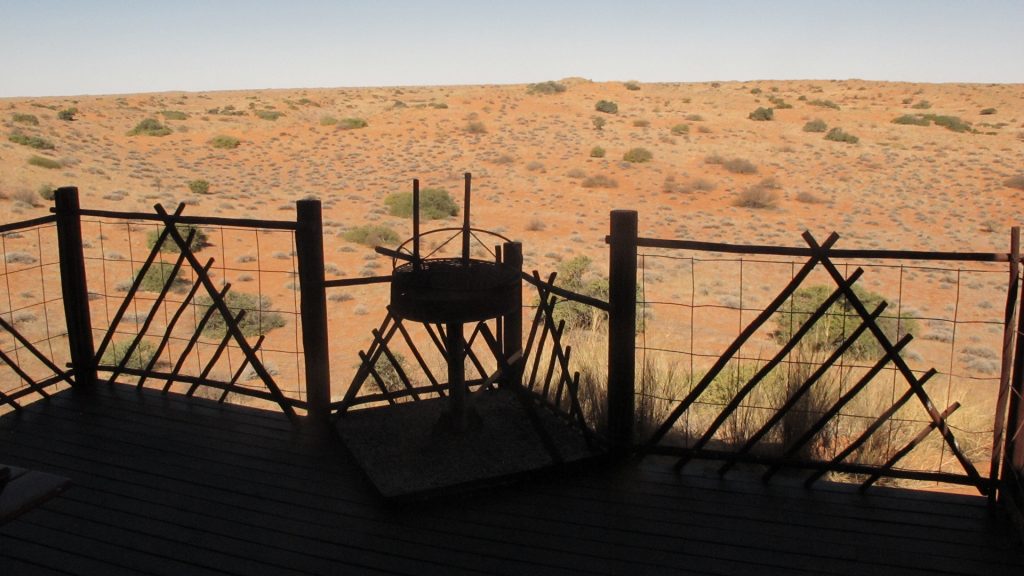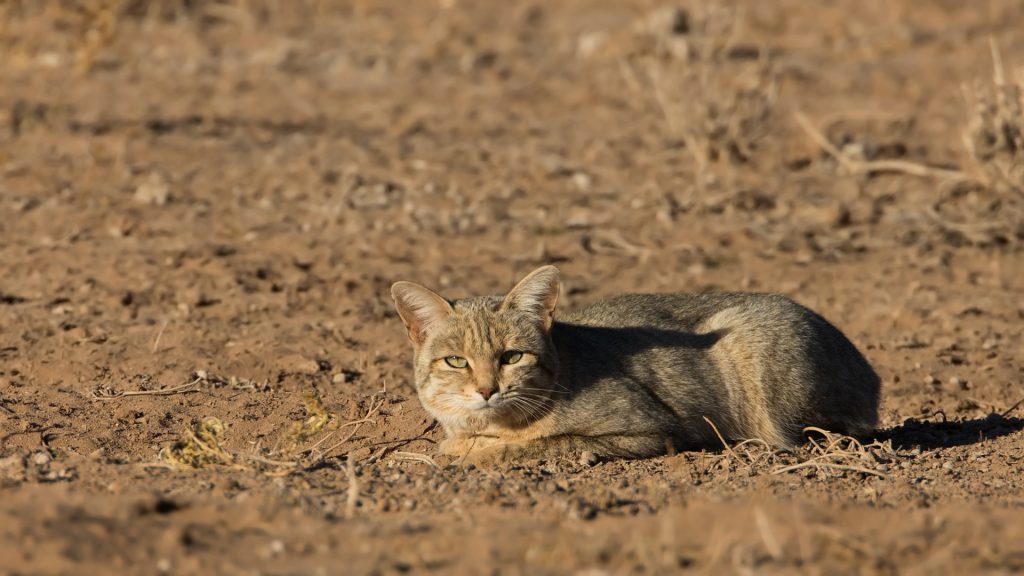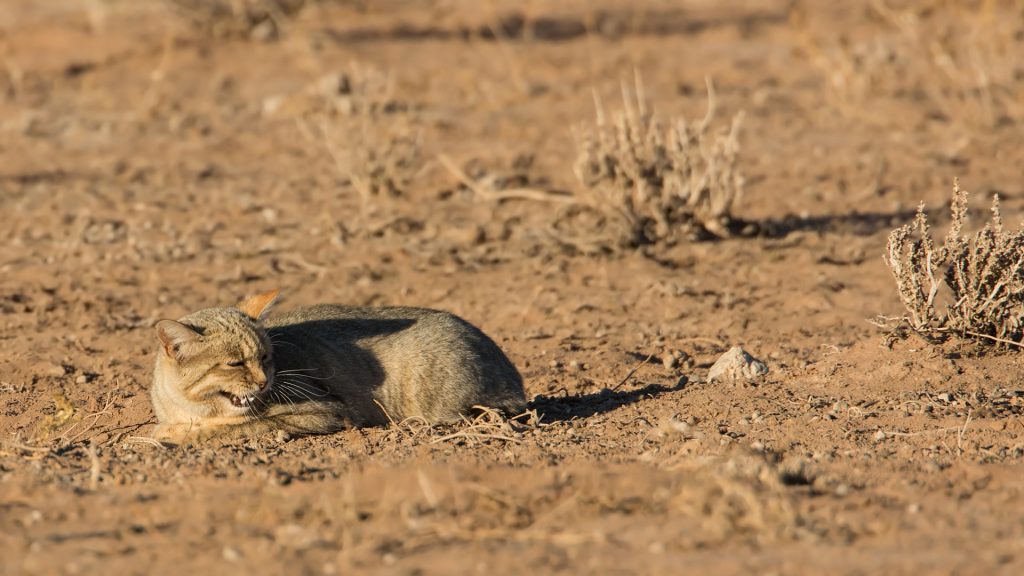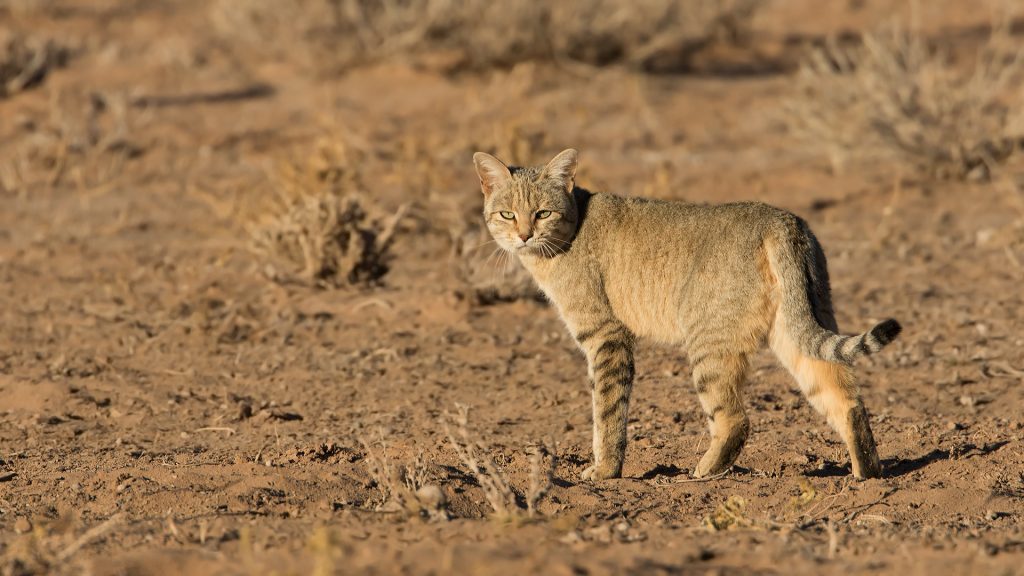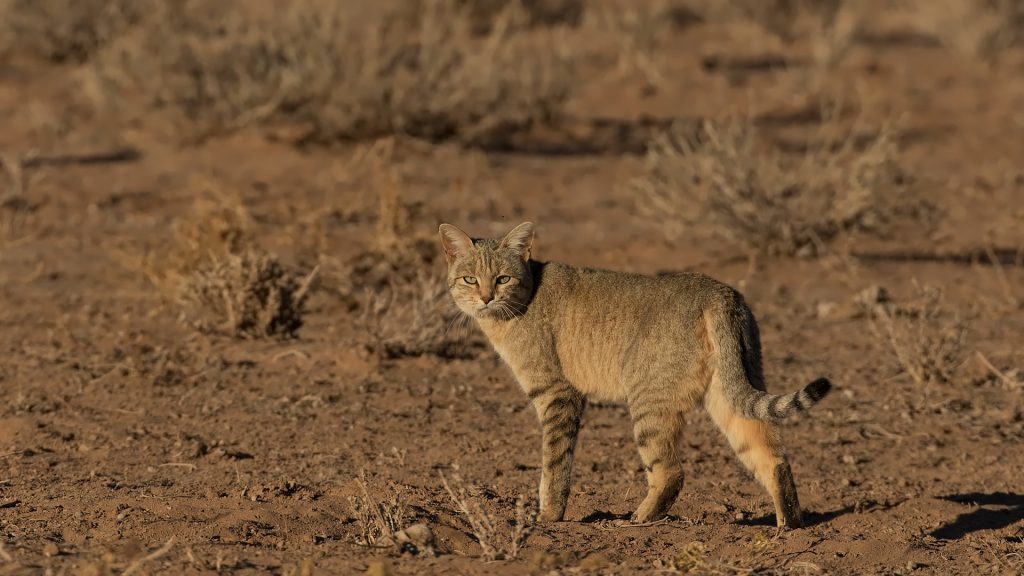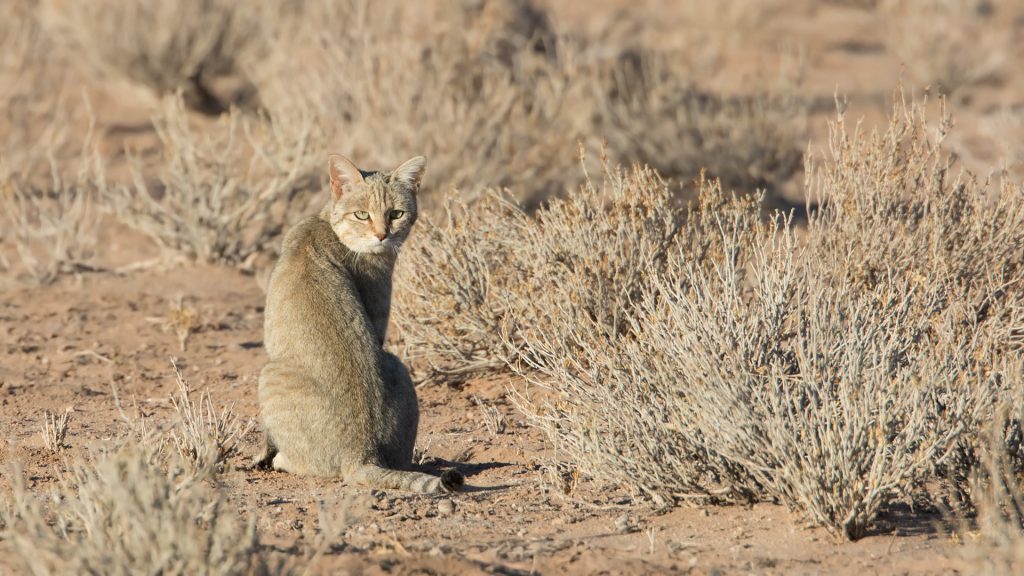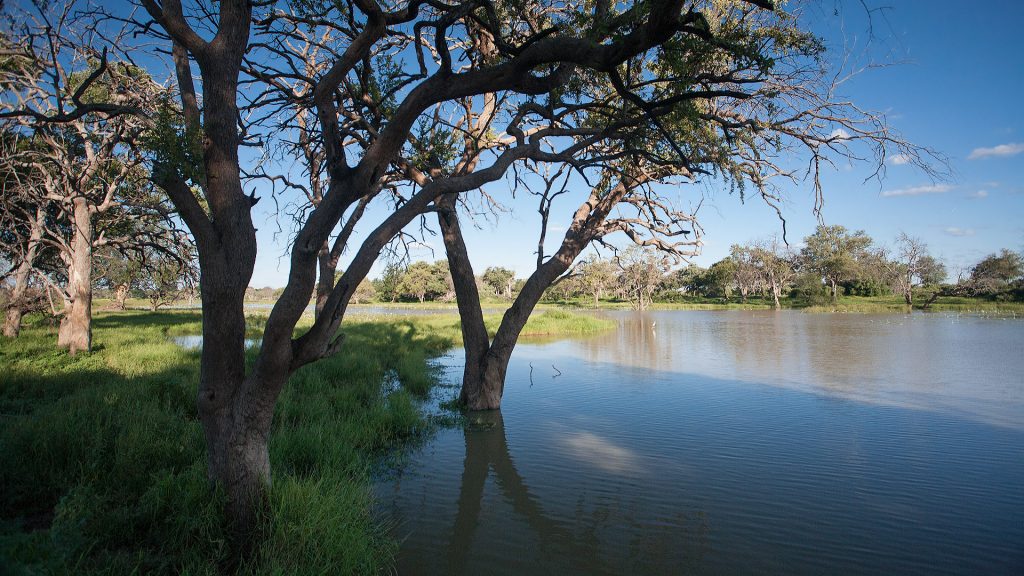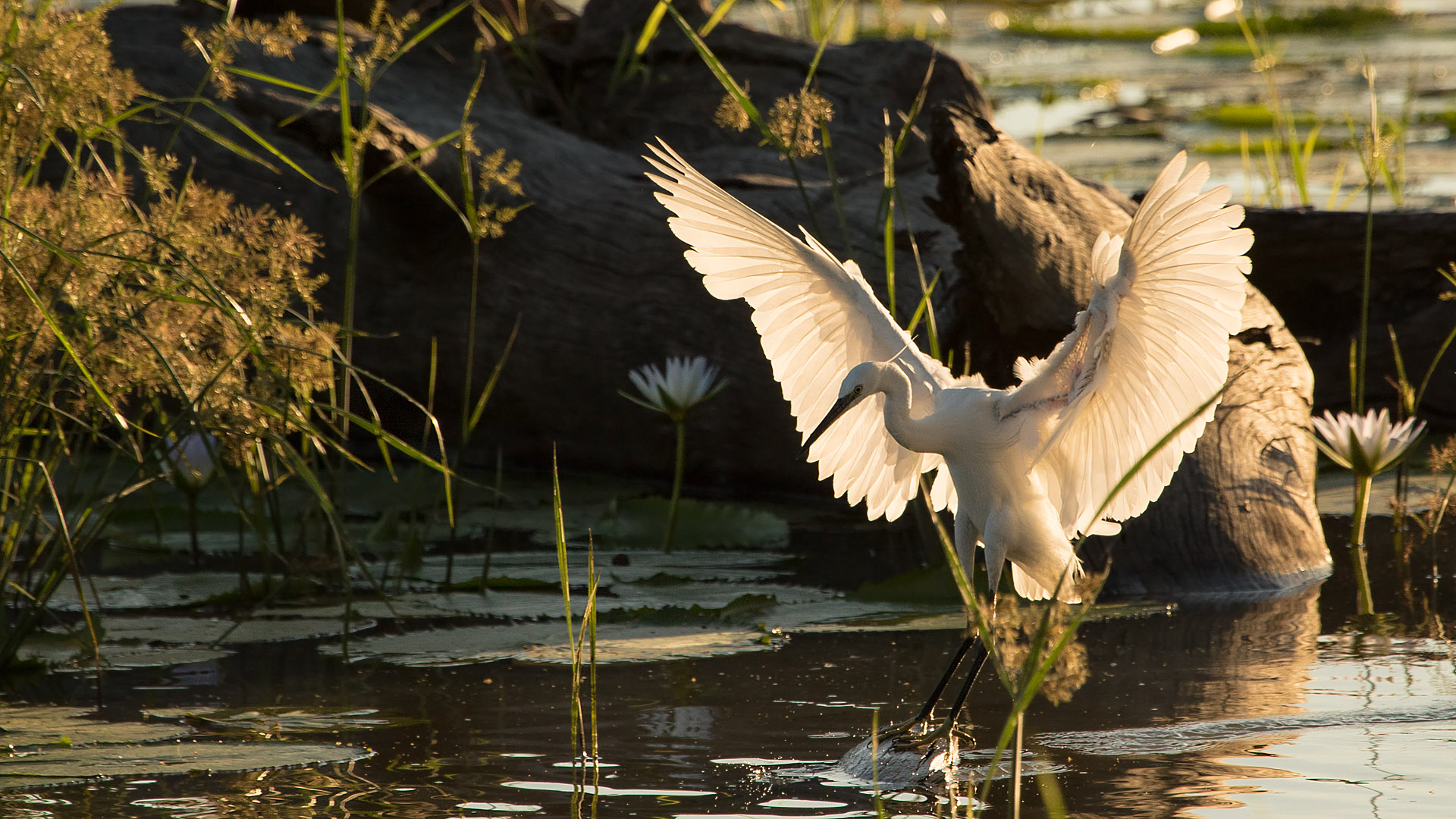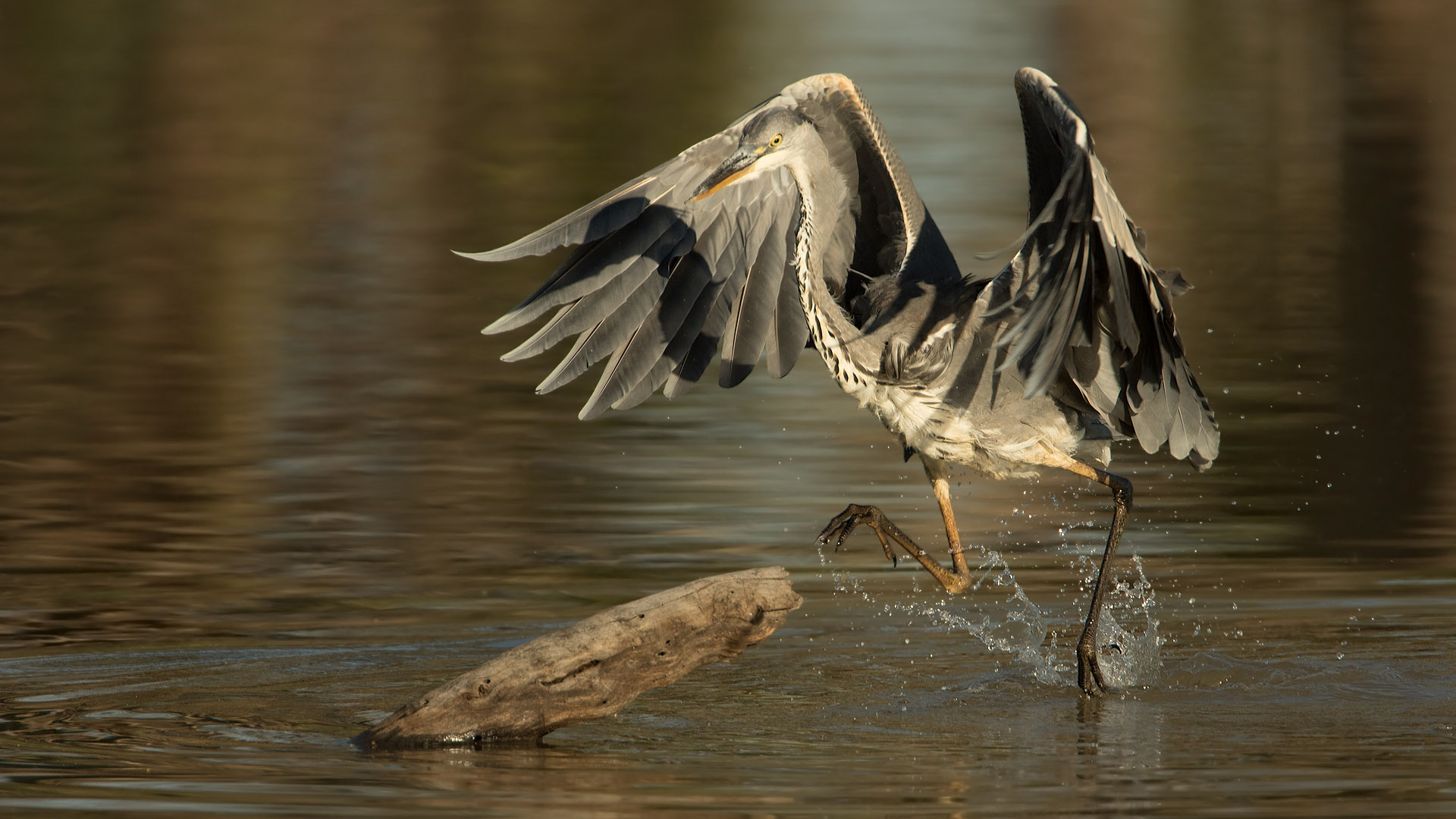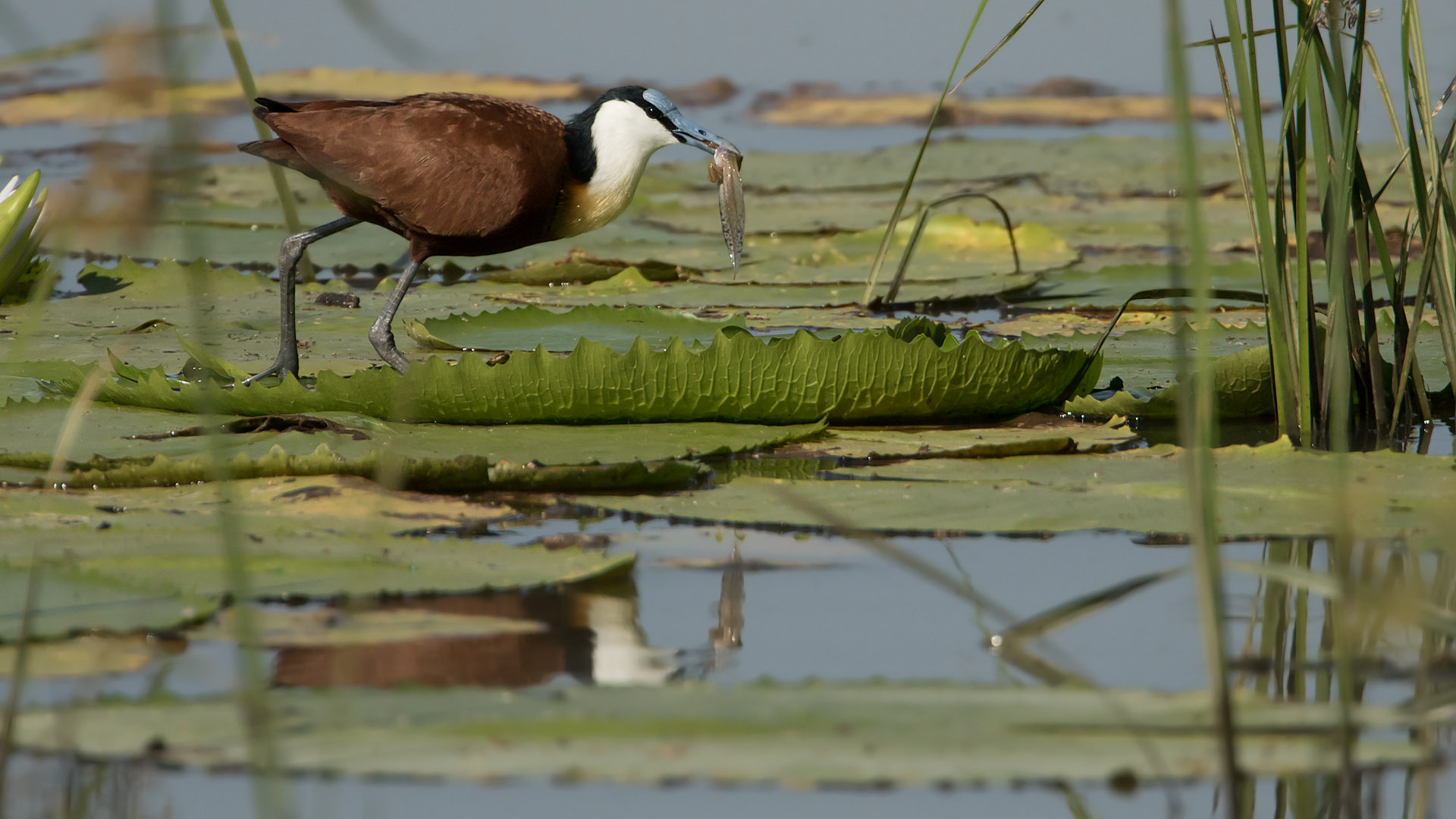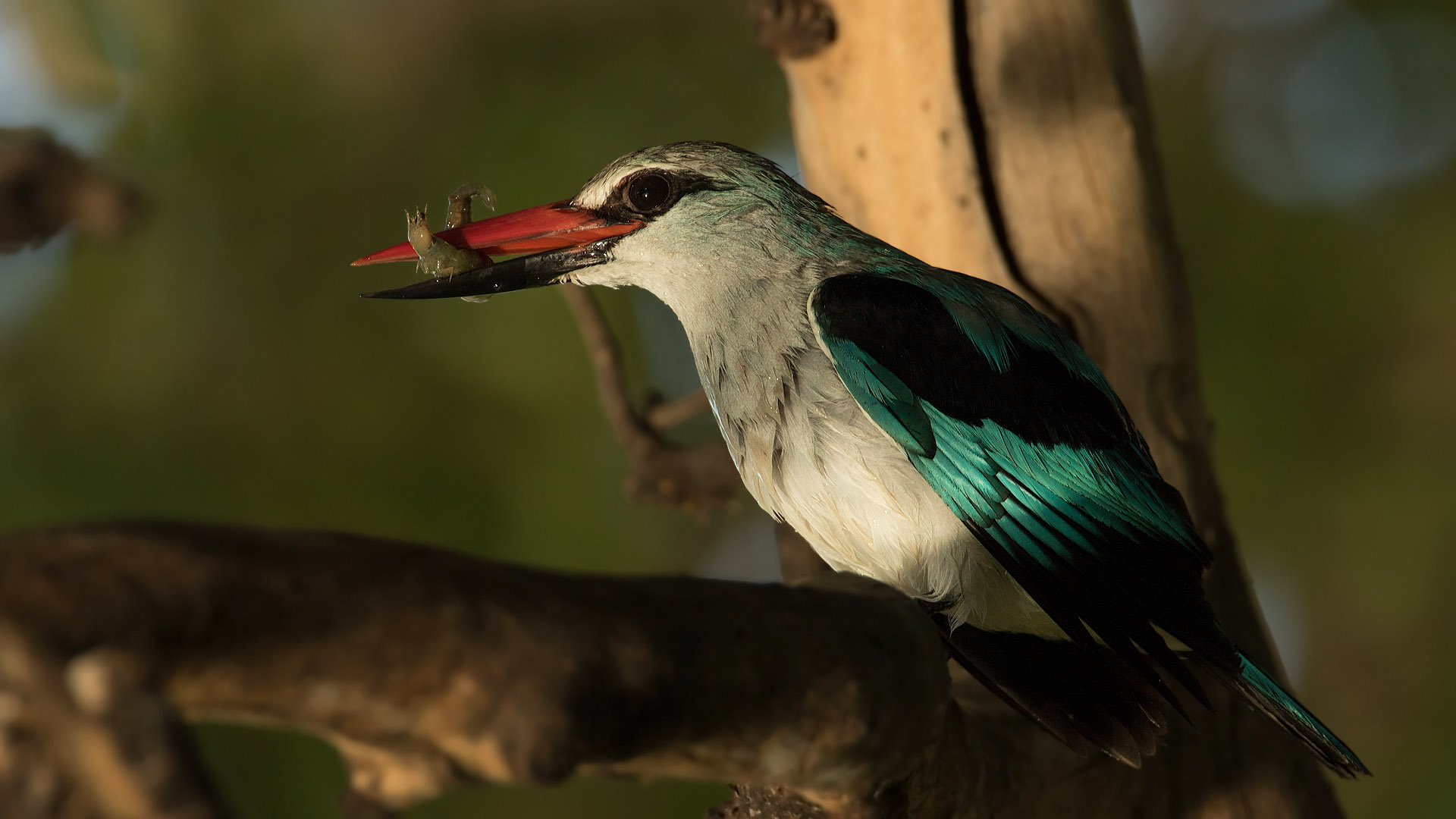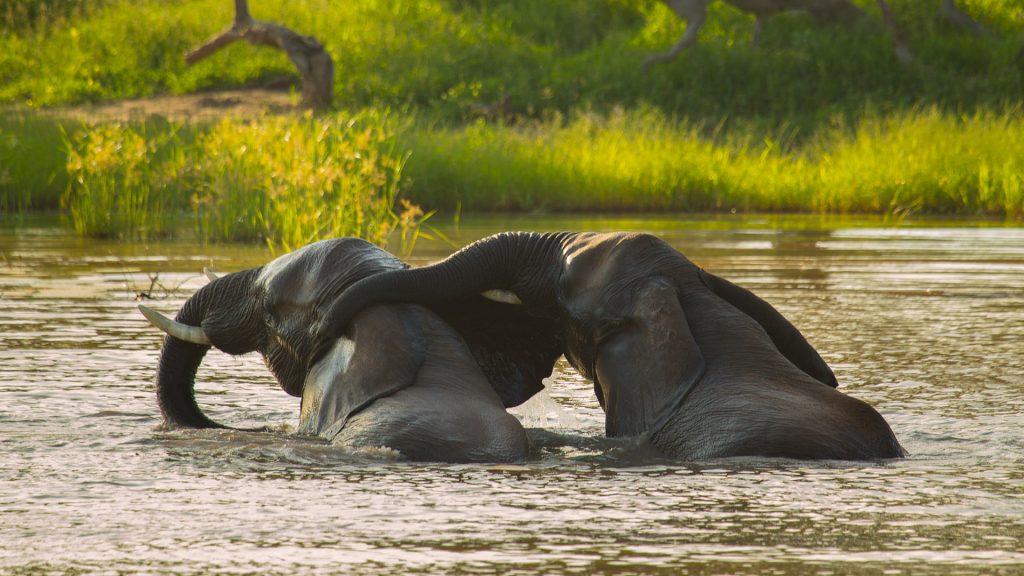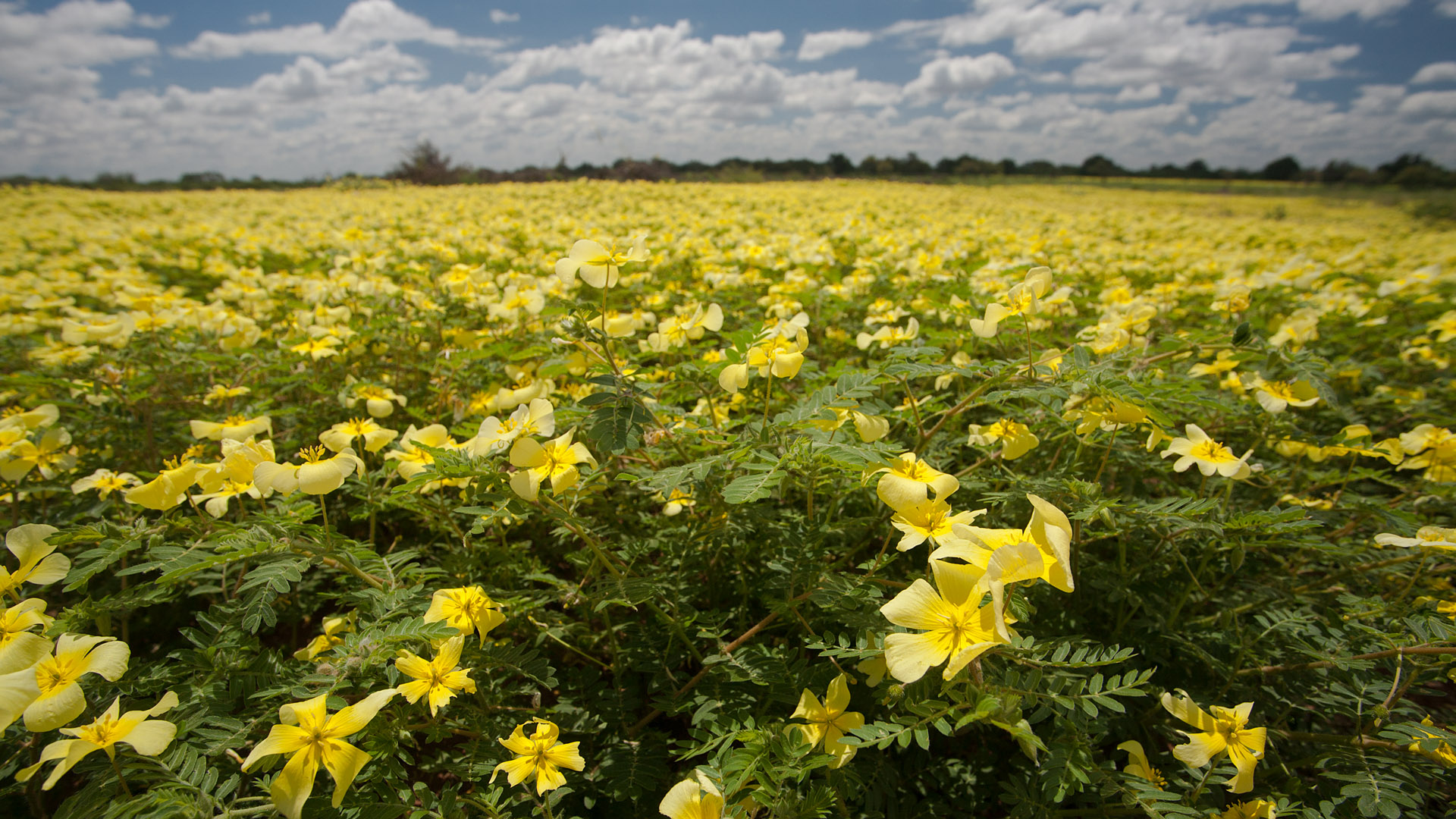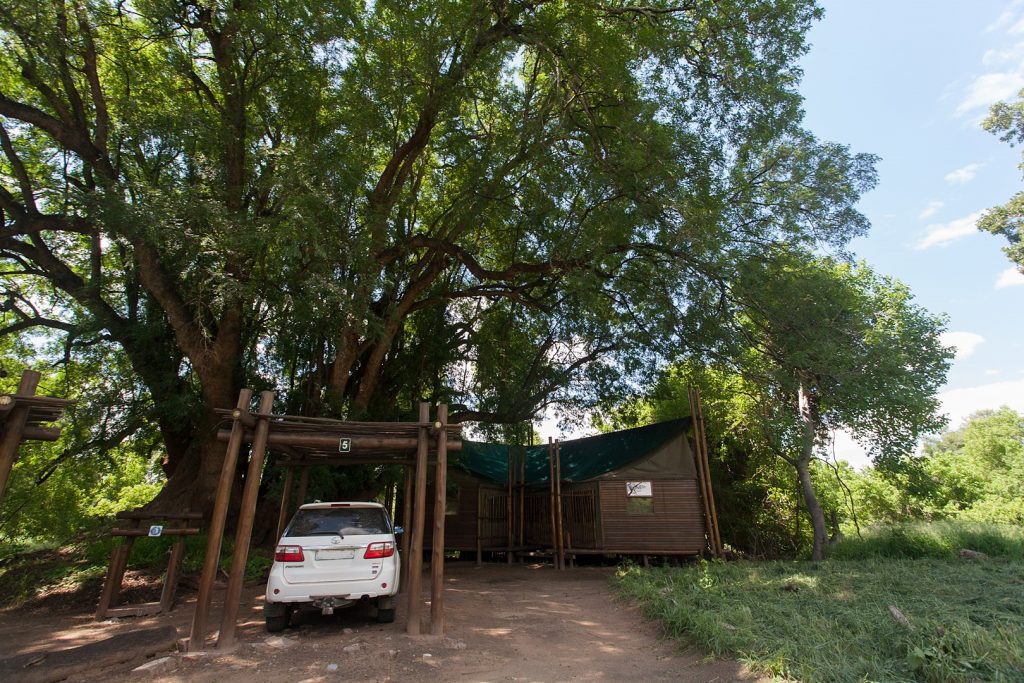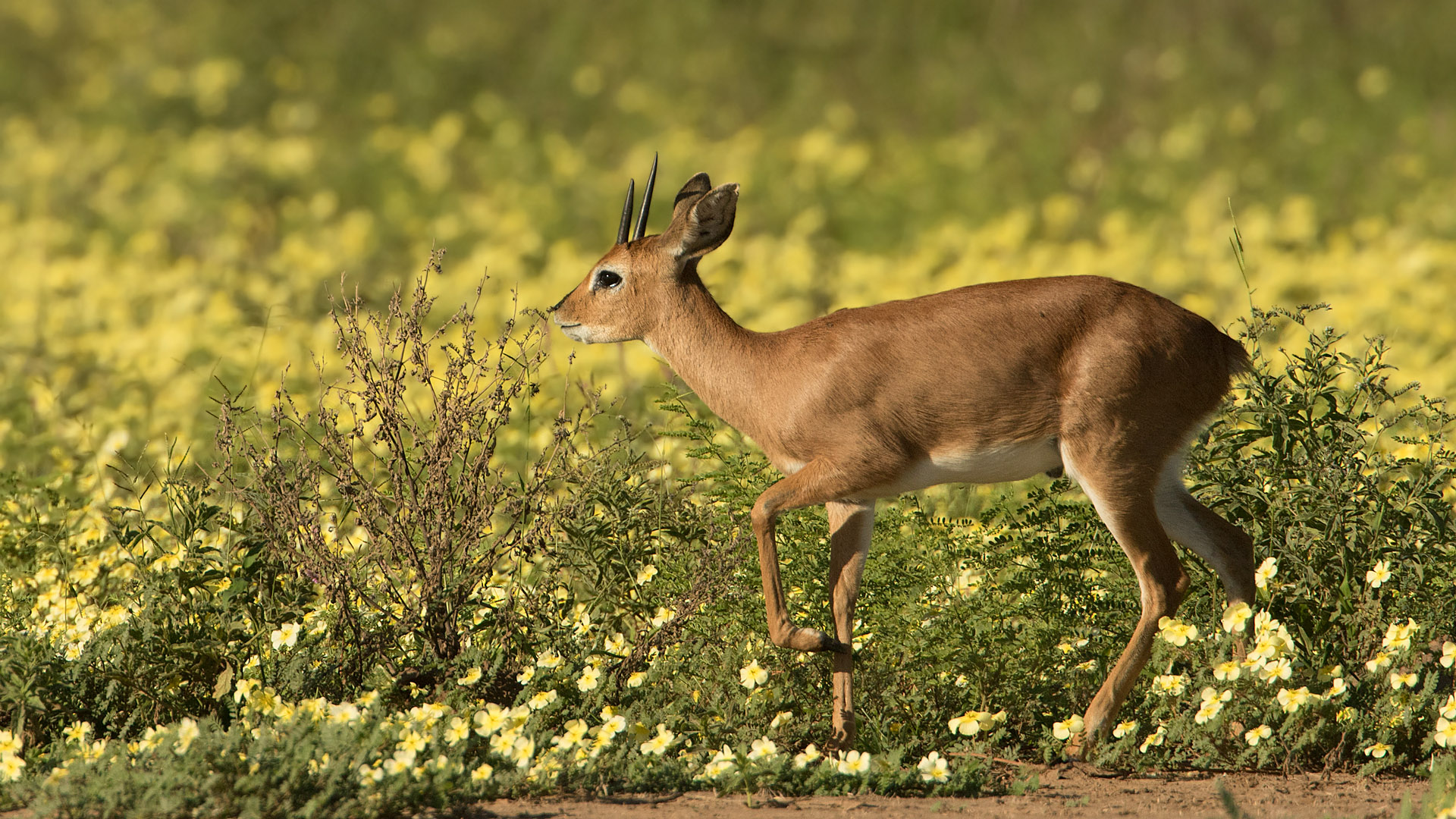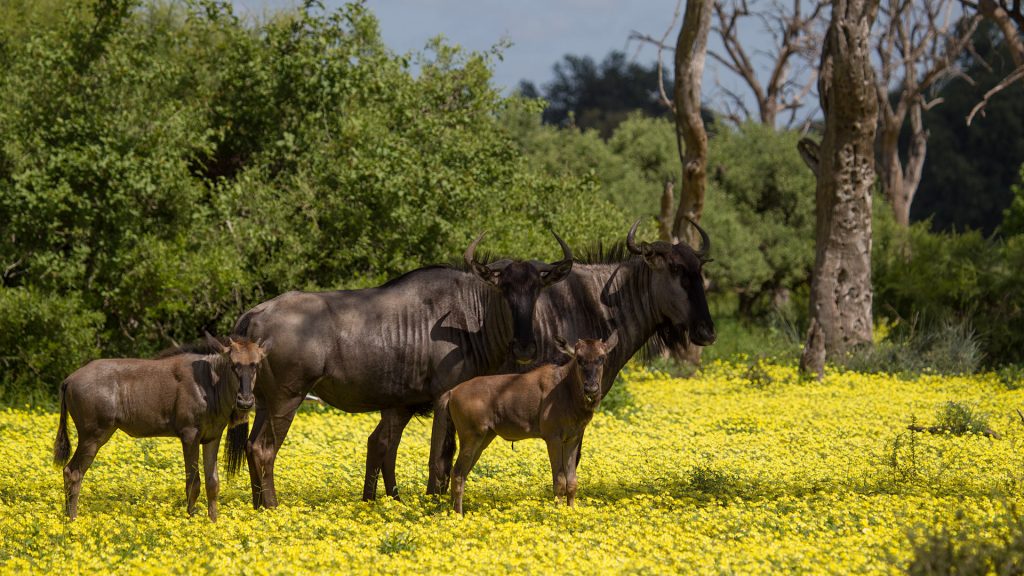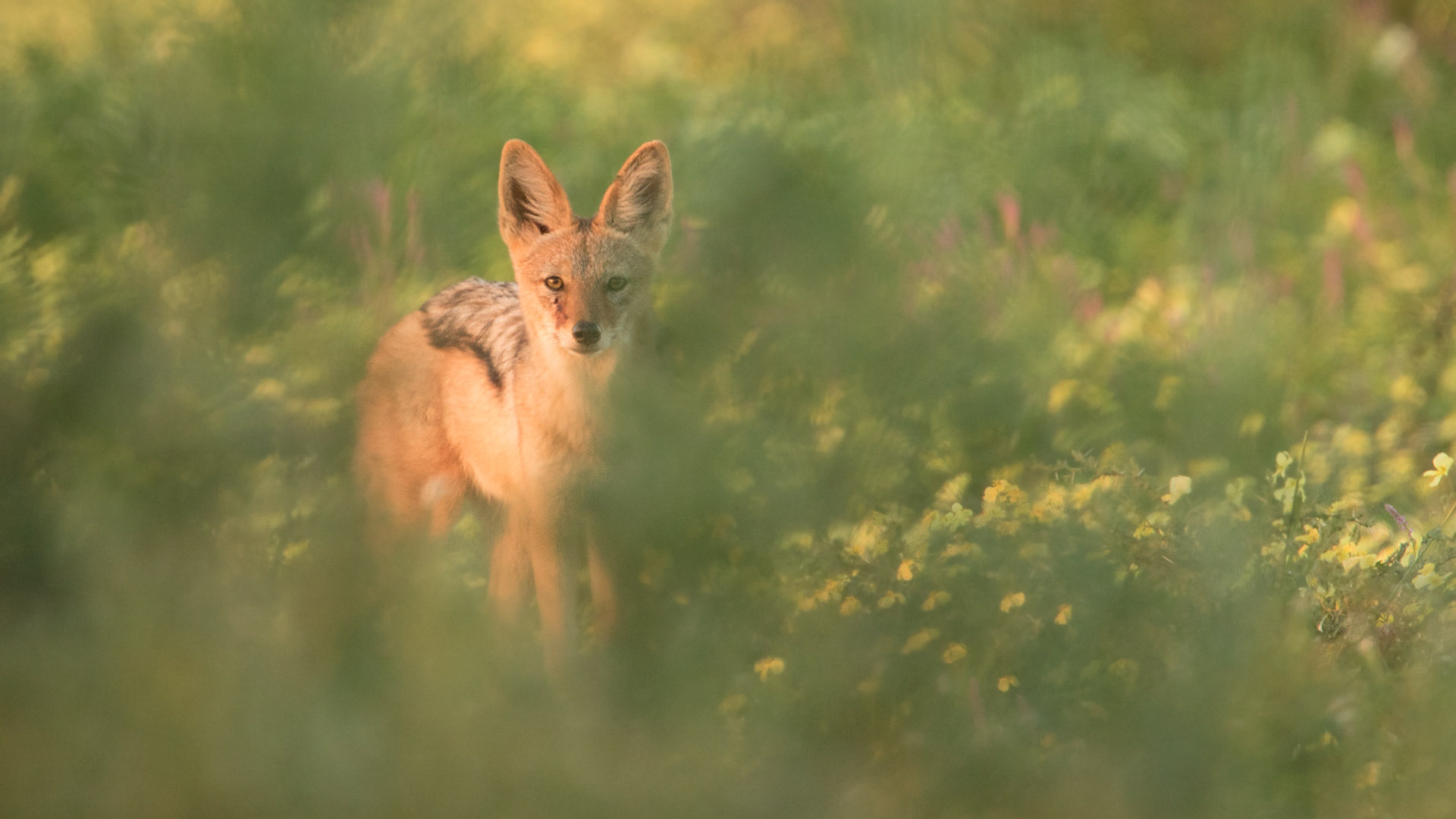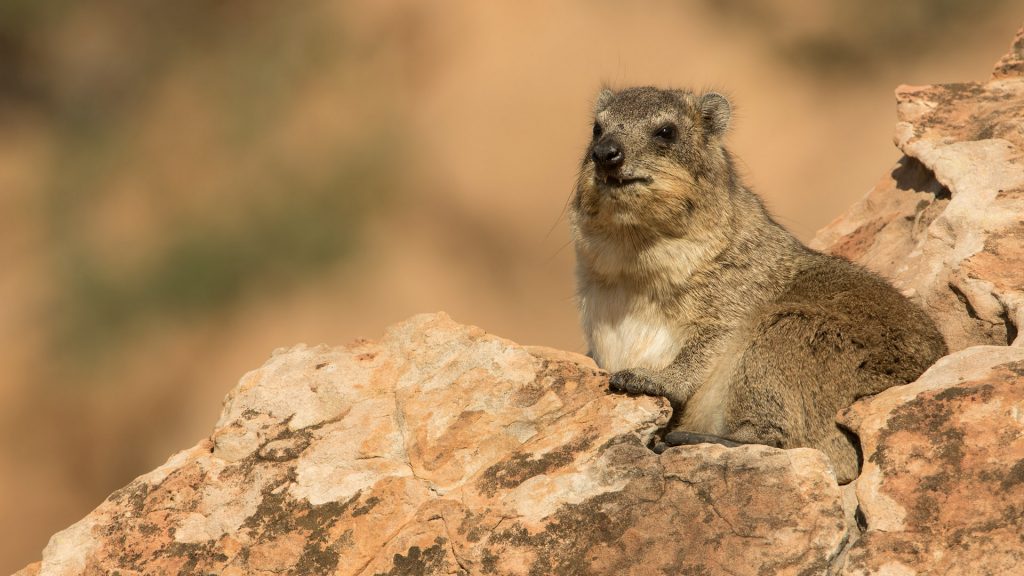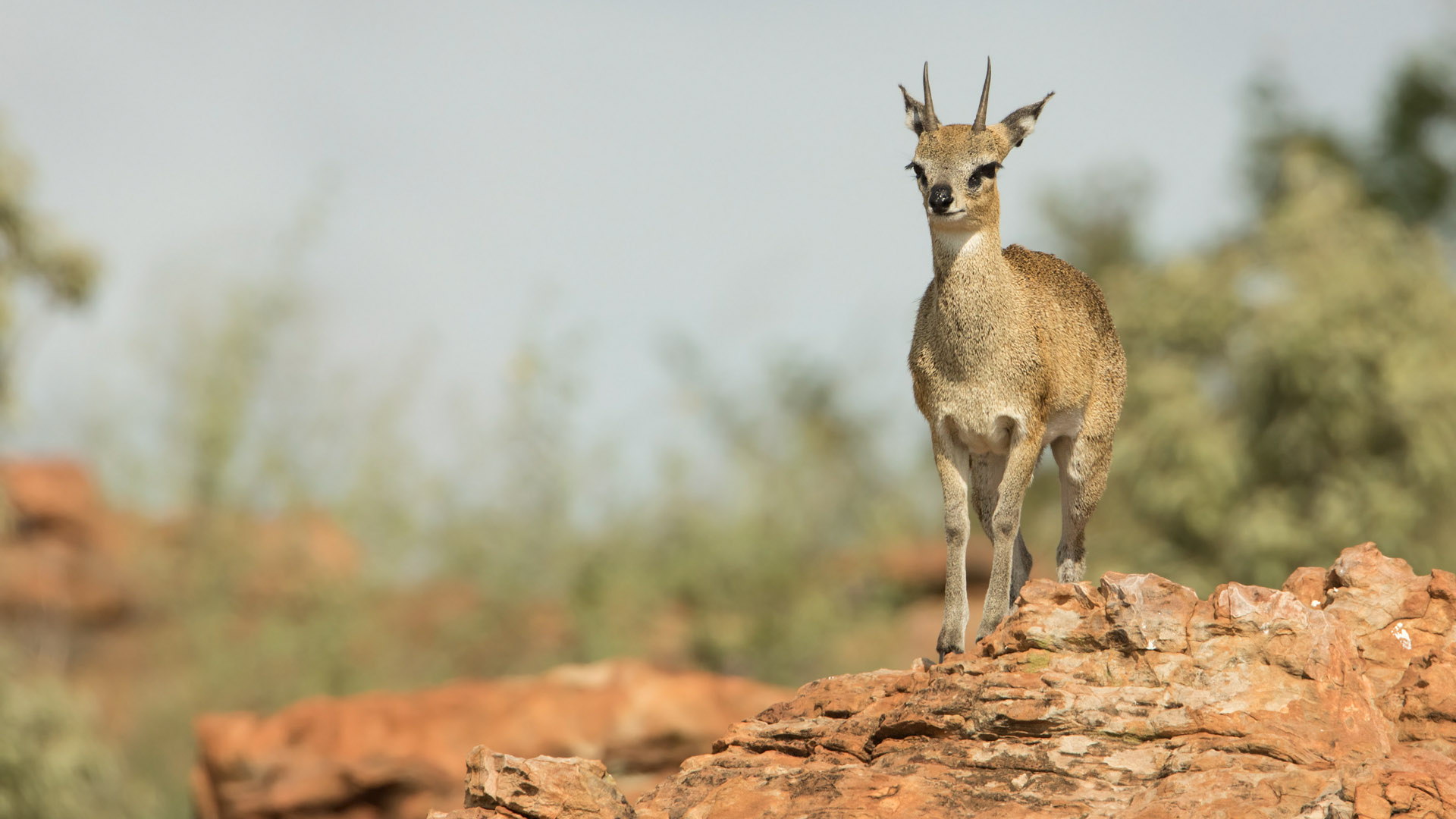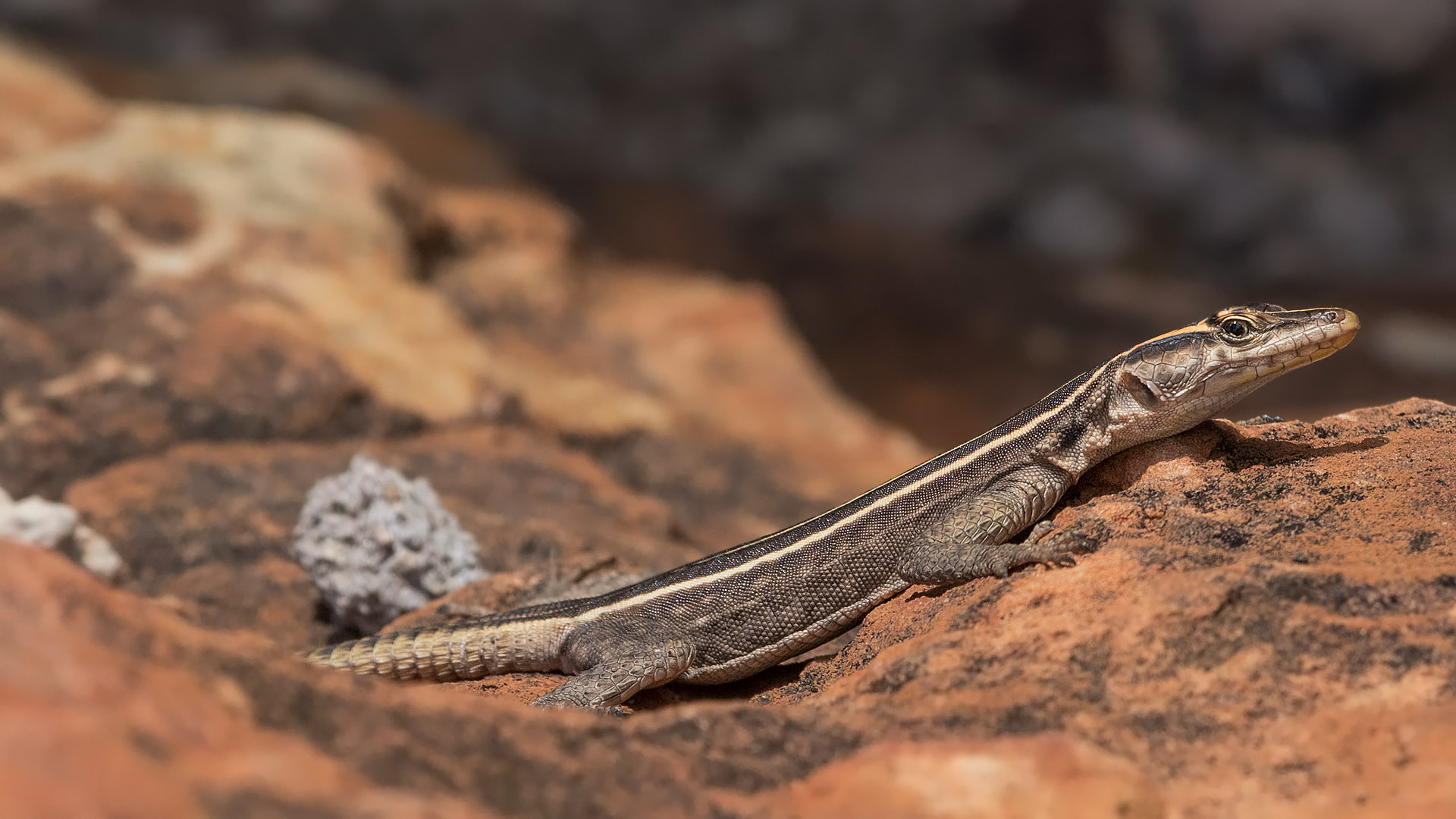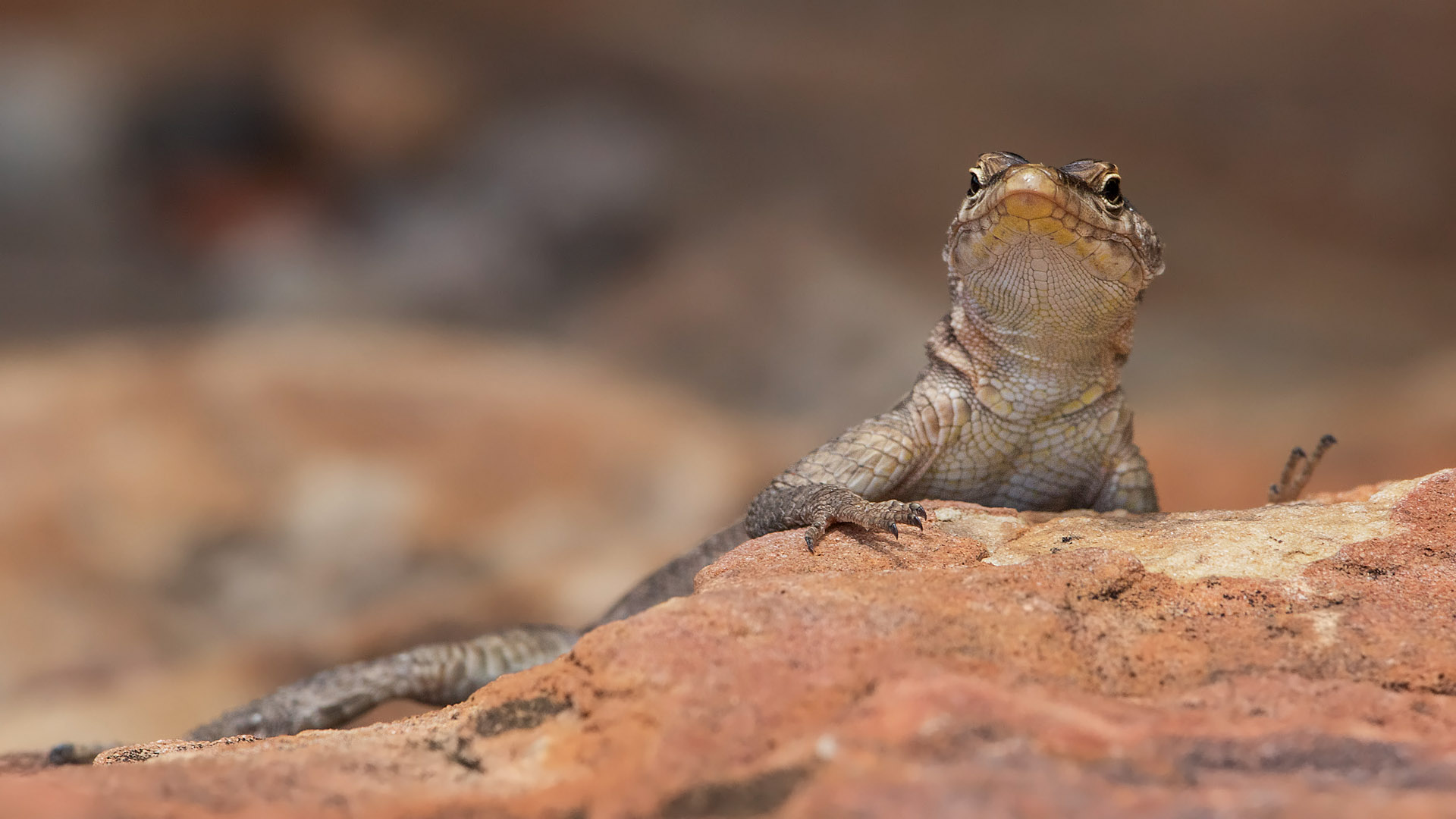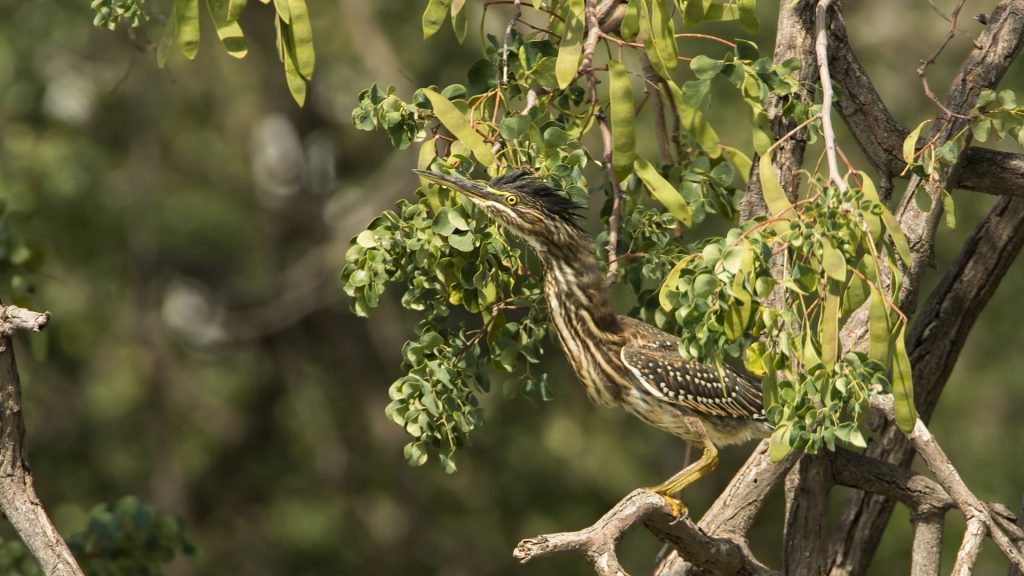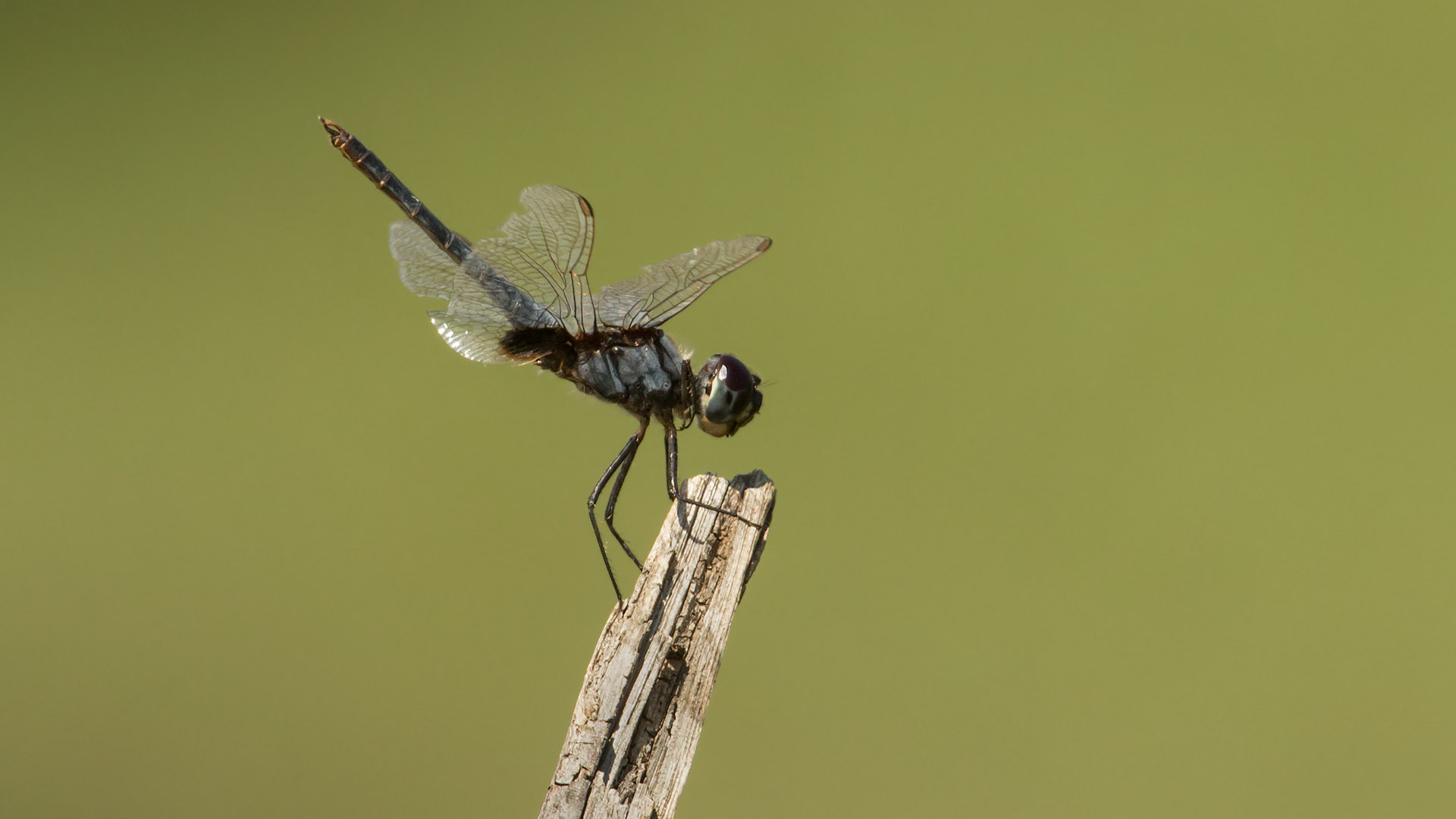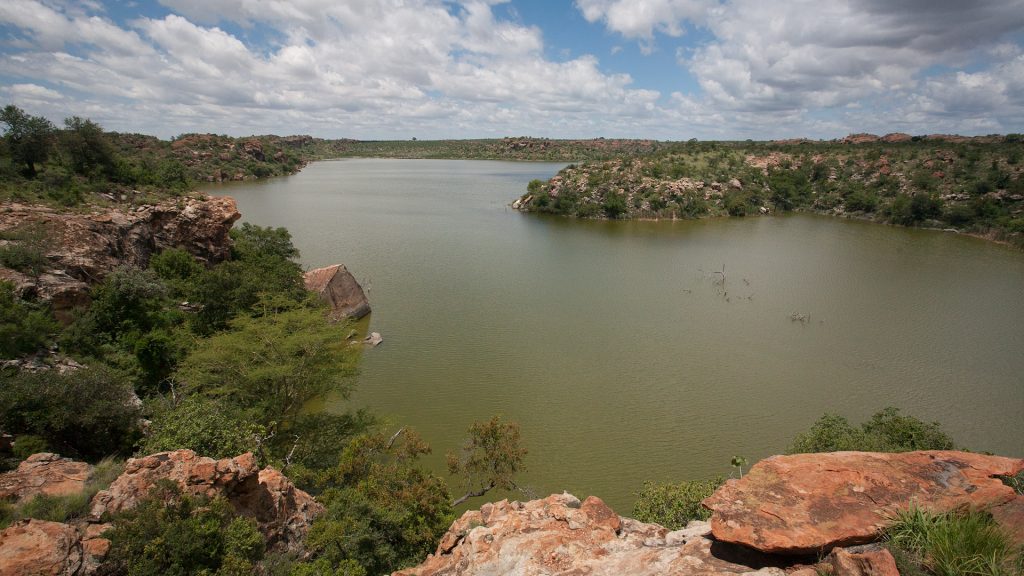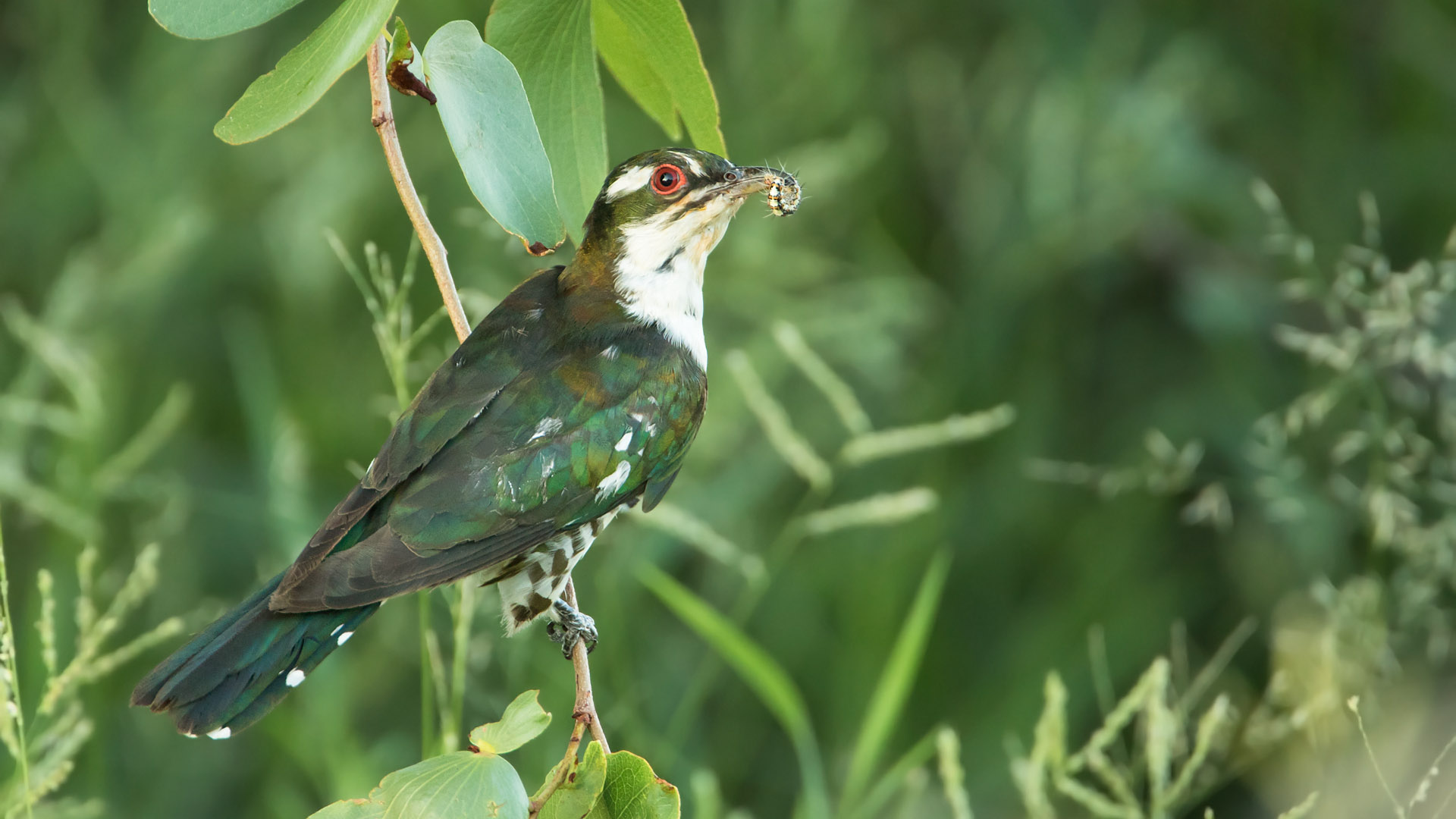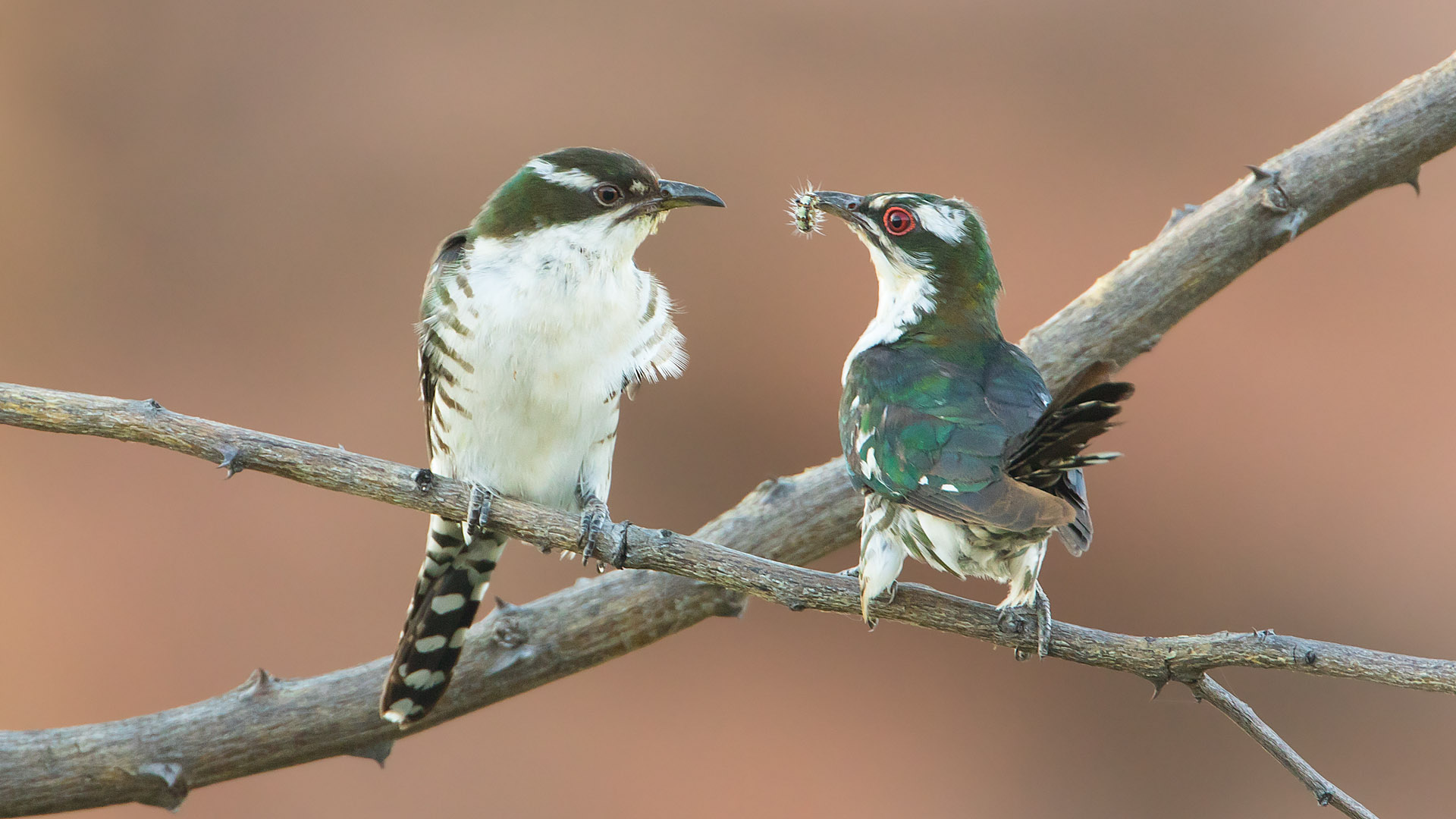The first camp we stayed in after Twee Revieren, was Kieliekrankie. It is a beautiful camp situated high on a dune, overlooking a waterhole. There is no electricity, but with solar-powered lights and gas geysers, fridges and stoves, you hardly notice it.
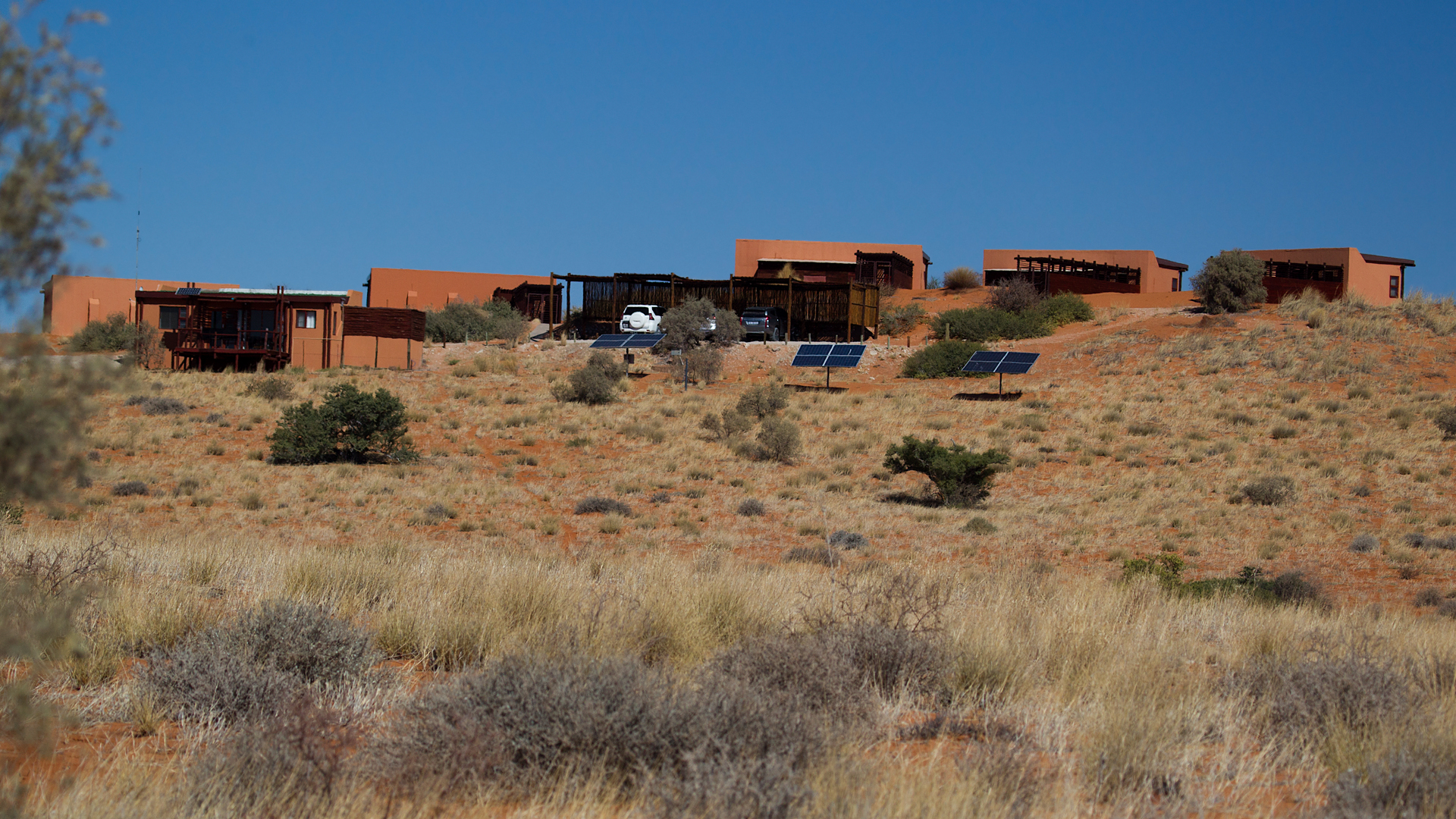
The highlight of Kieliekrankie is definitely the deck, featuring a braai with a view over the red dunes and flood-lit waterhole.
The only downside of Kieliekrankie, for us, was that lack of wildlife in the area. You rarely see anything on the dune road. You really have to drive to either one of the main river-bed roads to see a lot of wildlife. So Kieliekrankie was not a good base for wildlife photography, in our experience. However, it would definitely be a good place to go if you want solitude, quiet and beauty.
Staying at Kieliekrankie, and hanging out around Aughterlonie as late as we dared in the afternoon, did give us one of the best sightings of the trip – an African Wild Cat, lying in the riverbed and then getting up and walking away.

